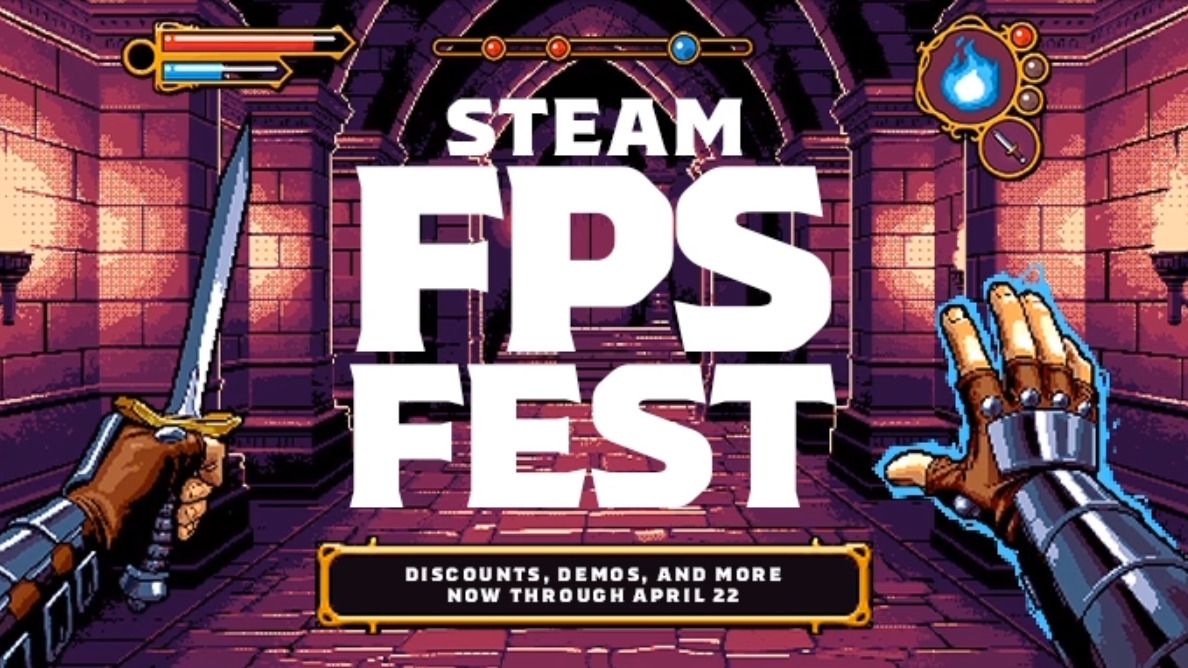

PHOTO:
Zan Ilic
Approximately 20 years ago, the term enterprise content management (ECM) first entered our consciousness. The concept underwent many revisions as the scope of technologies changed, but its core purpose remains the same. My preferred definition is as follows:
Enterprise Content Management (ECM) is a strategy for the coordinated management of all content throughout an organization, allowing for people and systems to find and use content from within any business context.
I collaborated with a group of ECM industry people on that definition over a decade ago. It still reflects how ECM fits within organizations today.
But in the decades since ECM first emerged, we’ve learned a lot about “how” to make ECM work. Here are five of the biggest lessons:
1. Leave the UX to the Experts
The most critical lesson is the importance user experience (UX) for any content-centric application. Teams need to design the UX around the task at hand, not the underlying content system. The user interfaces (UI) provided by the content management vendors are useful for administrators, but vendors did not build those UIs around how people work. How could they? Vendors deliver a single UI, but every organization is different — some radically so.
The only exception to the rule is the desktop synch feature, which vendors designed around how people use network share drives (which serves as a scary reminder that network share drives still exist).
Designing and putting in place applications focused on a given team’s mission and surfacing the content has, in my experience, led to more successful deployments than every other tip in this article. Every custom UI that my teams designed and deployed with a focus on getting work done has been a success. Every organization defaulting to the vendor’s UI was slated for replacement in under five years.
Related Article: Guess What? User Experience Matters for Employees, Too
2. The Content Model Matters
We have always known this. The industry has just taken a long time to learn how to best implement models. Content models need to be lightweight and focused on the business entities they represent. They should not simply be long lists of metadata.
Twenty years ago, metadata was the focus. Businesses had a strong desire to capture everything. Organizations are now moving from folder structures and metadata lists to content models that reflect how content works together in support of their mission. The resulting system is much more flexible and dynamic, allowing it to better support the organization as it evolves.
3. Content Management Is Not the Point
In the beginning, the industry viewed ECM as the end-goal. ECM was how you managed records and stored all content. In reality, a good content management implementation has more in common with a database than a business solution. It stores content and it centralizes common content controls in the same way a database centralizes controls for data. Using ECM as a means, and not the end, to building successful solutions will move your organization forward.
Related Article: What Enterprise Content Management Needs to Bring to the Workplace
4. Removal of the Big Bang Theory
For a large chunk of time, the industry preached the low-hanging-fruit approach: Solve a simple problem to illustrate how ECM technology can work. The industry assumed success would drive adoption. While it often did, the constrained approach hurt the next project which, inevitably, required more effort.
The approach today differs in one key aspect. We have replaced the low-hanging fruit mindset with a focus on managing content for a core process that the organization is automating. The first project does not need to be easy. It needs to support an internal initiative that provides broader value than simply managing content.
5. We Are Just Getting Started With Content Management
This final lesson centers on patience. We are in the Information Age. The key word here is “Age.” Early predictions suggested we would solve the content problem in a couple of decades. They were wrong. Every year brings more complexities. Meanwhile, the volume of content is rapidly increasing, and more content formats are emerging on a regular basis. Additionally, we still need to resolve a number of failed attempts.
None of those challenges account for the increased challenge the most successful collaboration platforms introduce to content management. Managing content is an afterthought on collaboration platforms, which is fine as online collaboration is hard enough without controls on content in place. It is just one more challenge the industry will have to solve.
Related Article: The Sudden Move to Remote Work Unearthed Years of Bad Tech Decisions
Content Management Professionals: Your Local Information Blacksmith
This is the beginning of a new age. We have seen computers move from mainframes in large institutions to devices in our pockets and homes. The internet has made the flow of information faster than we know how to handle. The things we can do on our phones today makes every Star Trek episode from before 2007 look dated.
However, this is just the beginning. Information’s dominance is not going away. We are unlikely to progress to the next age until the management of information becomes universally seamless.
The content management professionals of today are like the blacksmiths of the Iron Age. We learn how to take these new tools and apply them to old problems. And we are still discovering new tools. We are exploring our limits, but it is hard work. Our brains at times hold on to old limits while we watch modern capabilities expand at rapid rates.
The key to progress is to take what we have learned and keep building. Until success is the default for every project, we need to keep working together to find the right paradigms. Most importantly, don’t give up. Today’s information professional is a trailblazer doing hard, but important work. Commit to keep moving things forward.
Laurence Hart is a director of consulting services at CGI Federal, with a focus on leading digital transformation efforts that drive his clients’ success. A proven leader in content management and information governance, Laurence has over two decades of experience solving the challenges organizations face as they implement and deploy information solutions.






